Home>Garden Essentials>When To Seed Lawn
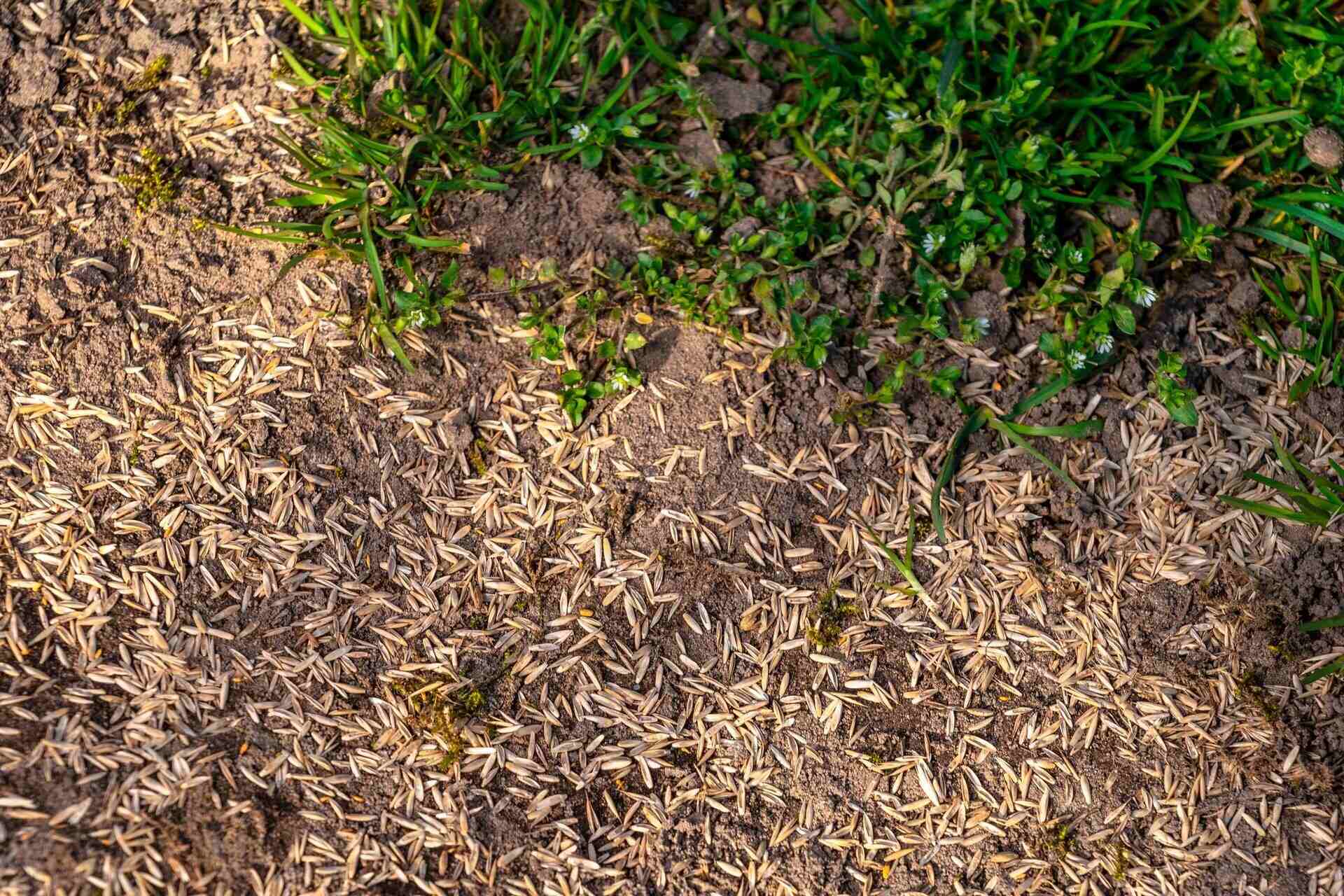

Garden Essentials
When To Seed Lawn
Modified: March 24, 2024
Learn the best time to seed your garden lawn and achieve a lush, green landscape. Expert tips and guidance for successful garden seeding.
(Many of the links in this article redirect to a specific reviewed product. Your purchase of these products through affiliate links helps to generate commission for Storables.com, at no extra cost. Learn more)
Introduction
Welcome to the world of gardening! Whether you are a beginner or an experienced gardener, one thing is certain: a beautiful and vibrant lawn can add significant value to your home. However, achieving that lush green carpet can take time and effort. One crucial step in lawn care is seeding, which helps to fill in bald spots, improve density, and rejuvenate tired lawns.
Seeding your lawn can be a daunting task, but with the right knowledge and approach, you can achieve successful results. Knowing when to seed your lawn is key to ensuring optimal growth and establishment of new grass. In this article, we will explore the different factors to consider before seeding, signs that indicate your lawn needs seeding, the best time of year to seed, how to prepare your lawn for seeding, the steps involved in seeding, and how to care for your newly seeded lawn.
Before we dive into the details, it’s important to understand that every lawn is unique and may require different approaches. Factors such as soil type, climate, grass variety, and existing lawn conditions can influence the success of your lawn seeding efforts. By taking into account these factors and following proper guidelines, you can maximize the chances of a healthy and vibrant lawn.
So, let’s get started on your journey to a lush and beautiful lawn!
Key Takeaways:
- Timing is crucial for successful lawn seeding. Fall is generally the best time, followed by spring. Proper soil preparation, watering, and post-seeding care are essential for a healthy and vibrant lawn.
- Signs that your lawn needs seeding include bare spots, thinning grass, weed invasion, dull appearance, and seasonal struggles. Addressing these signs promptly can help maintain a lush and thriving lawn.
Read more: When To Seed Lawn In Texas
Factors to Consider Before Seeding
Seeding your lawn is not as simple as sprinkling some seeds on the ground and hoping for the best. Several factors need to be considered to ensure the success of your seeding efforts. Let’s take a closer look at these factors:
- Soil Condition: The condition of your soil plays a crucial role in the growth and establishment of new grass. Conduct a soil test to determine its pH level, nutrient content, and texture. Adjusting the pH and adding necessary amendments, such as compost or organic matter, can create an optimal environment for seed germination.
- Grass Variety: Choose the right type of grass for your lawn. Consider factors such as climate, shade tolerance, and maintenance requirements. Cool-season grasses like Kentucky bluegrass and tall fescue are suitable for northern regions, while warm-season grasses like Bermuda and zoysia thrive in southern regions.
- Climate: Understand your local climate and select grass varieties that are well-suited to its conditions. Some grasses can withstand heat, while others thrive in cooler temperatures. Choosing the right grass for your climate will ensure better tolerance to weather extremes.
- Water Availability: Assess the water availability in your area. Some grass varieties require more water than others. Consider the watering needs of the chosen grass variety and match it with your ability to provide sufficient water.
- Existing Lawn Condition: Evaluate the current state of your lawn. Identify areas that are bare or have thin grass cover. Look for signs of diseases, pests, or excessive thatch accumulation. Address any existing issues before seeding to create an optimal environment for new grass growth.
- Time and Effort: Seeding your lawn requires time and effort for soil preparation, seeding, and post-seeding care. Ensure you have the necessary resources and commitment to maintain a regular watering schedule and provide proper care for the newly seeded lawn.
By considering these factors before seeding your lawn, you can set a strong foundation for healthy and thriving grass growth. Each factor plays a vital role in the success of your seeding efforts, so take the time to plan and prepare for optimal results.
Signs That Your Lawn Needs Seeding
Keeping an eye out for certain signs can help you determine whether it’s time to seed your lawn. Here are some common indicators that your lawn may benefit from seeding:
- Bare or Patchy Spots: If your lawn has bare or patchy areas where grass is not growing or has become thin, it’s a clear indication that seeding is needed. These spots are usually caused by heavy foot traffic, pet damage, disease, or weed infestation.
- Thinning Grass: If you notice that your grass is starting to thin out overall, with visible gaps between blades of grass, it’s a sign that your lawn needs seeding. Thinning grass can be caused by poor soil condition, lack of nutrients, or inadequate sunlight.
- Weed Invasion: A sudden increase in weed growth throughout your lawn can be a sign of weak grass, which often occurs when there are bare spots or thinning areas. Weeds take advantage of the available space and sunlight, and they can quickly take over if not addressed promptly.
- Dull or Faded Appearance: If your lawn has lost its vibrant green color and appears dull or faded, it may be time for seeding. Grass that is struggling to grow due to poor soil condition or lack of nutrients will lose its vitality and become less visually appealing.
- Disease or Pest Damage: If you notice signs of disease or pest damage on your lawn, such as brown patches, insect activity, or chewed grass blades, it’s crucial to address the underlying issue. Seeding can help rejuvenate your lawn and fill in the damaged areas.
- Seasonal Changes: Some grass varieties are more prone to winter damage or summer stress. If you notice that your lawn struggles to recover from seasonal changes and does not bounce back with new growth, it may require seeding to restore its health and density.
By paying attention to these signs, you can identify when your lawn needs seeding and take the necessary steps to improve its health and appearance. Regular maintenance and addressing issues promptly can help you maintain a lush and thriving lawn year-round.
Best Time of Year to Seed Your Lawn
The timing of lawn seeding is crucial for successful establishment and growth of new grass. While the specific timing may vary depending on your geographical location and climate, there are general guidelines to follow. Let’s explore the best time of year to seed your lawn:
- Fall: For most regions, autumn is considered the best time to seed your lawn. The soil is still warm from the summer months, which promotes seed germination. Additionally, cooler temperatures and more frequent rainfall create optimal conditions for seed establishment. Seeding in the fall allows the grass to establish strong roots before winter, giving it a head start for robust growth in the following spring.
- Spring: If you missed the window to seed in the fall, spring is the next best time. As the soil begins to warm up and the risk of frost diminishes, it’s an ideal time for seed germination. However, spring seeding should be done earlier in the season to allow the grass enough time to establish before the summer heat arrives.
- Summer: Seeding in the summer can be challenging due to the extreme heat stress on young grass. However, if you live in a region with mild summer temperatures and adequate irrigation, it is possible to seed during this time. Keep in mind that summer seeding requires extra care and attention to ensure proper watering and protection from heat stress.
It’s important to note that the best time for seeding may also depend on the grass variety you choose. Some cool-season grasses are best seeded in late summer or early fall, while warm-season grasses are typically seeded in late spring or early summer when soil temperatures are warmer.
Before seeding, make sure to check the local agricultural extension office or consult with a lawn care professional to determine the specific timing recommendations for your region. They can provide valuable insight into the climatic conditions and the best timing for optimal seeding success.
Remember that regardless of the season, proper soil preparation, watering, and post-seeding care are crucial for the success of your lawn seeding efforts. By seeding at the right time and following the necessary steps, you can achieve a lush and healthy lawn that will be the envy of the neighborhood.
It’s best to seed your lawn in the early fall or early spring when the soil is still warm and there is plenty of moisture. This will give the seeds the best chance of germinating and establishing a healthy lawn.
Preparing Your Lawn for Seeding
Proper preparation is key to ensuring successful lawn seeding and the establishment of healthy grass. Before you start seeding your lawn, follow these important steps to prepare the area:
- Clear the Area: Begin by clearing any debris, rocks, or weeds from the area where you plan to seed. This will create a clean and receptive surface for the new grass seeds.
- Test and Amend the Soil: Conduct a soil test to determine its pH level and nutrient content. Adjust the pH if needed by either adding lime to raise the pH or sulfur to lower it. Add organic matter, such as compost or well-aged manure, to improve soil structure and fertility.
- Aerate the Soil: If your lawn has compacted soil, consider aerating the area before seeding. This process involves creating small holes in the soil to allow better air circulation, water penetration, and root development. Aeration can greatly improve seed-to-soil contact and seed germination.
- Level the Surface: Remove any uneven spots or depressions by adding topsoil and leveling the area. This will provide a consistent and even surface for seed placement and ensure uniform grass growth.
- Address Lawn Diseases and Pests: If your lawn has any existing diseases or pest issues, treat them before seeding. Consult with a lawn care professional or follow recommended guidelines for targeted treatments.
- Water the Area: Water the prepared area thoroughly a day or two before seeding. This will help settle the soil and ensure good seed-soil contact for optimal germination.
Once you have completed these preparation steps, you are ready to proceed with seeding your lawn. Remember that proper preparation is essential for creating an optimal environment for grass seed germination and growth. By investing time and effort into preparing your lawn, you increase the chances of a lush and healthy lawn that will thrive for years to come.
Read more: When To Seed Lawn In Colorado
Steps to Seeding Your Lawn
Now that you have prepared your lawn for seeding, it’s time to follow these steps to ensure successful establishment of new grass:
- Select the Right Seed: Choose a high-quality grass seed that is suitable for your specific lawn conditions and requirements. Consider factors such as climate, sun exposure, soil type, and desired grass variety.
- Calculate Seed Quantity: Determine the amount of seed you will need based on the recommended seeding rate for the specific grass variety. Measure the square footage of the area you are seeding and consult the seed packaging for guidance on seed quantity.
- Sow the Seeds: Use a seed spreader or broadcast the grass seeds evenly across the prepared area. For larger areas, consider using a seed spreader for more consistent coverage. To achieve the recommended seeding rate, divide the seed quantity in half and sow half in one direction and the other half perpendicular to the first direction.
- Rake and Press: Use a garden rake to lightly rake the seeded area. This helps to gently mix the seeds into the soil and improve seed-to-soil contact. After raking, use a lawn roller or gently press the area with the back of a rake to ensure good seed-soil contact.
- Apply Starter Fertilizer: Fertilize the newly seeded area with a starter fertilizer that contains a higher phosphorus content. Phosphorus promotes root development and overall grass establishment. Follow the recommended application rate provided on the fertilizer packaging.
- Water Regularly: Water the newly seeded area immediately after seeding and continue to water consistently as needed. Keep the soil moist, but avoid overwatering, which can cause seed washout or fungal issues. Water lightly and frequently to prevent drying out of the soil surface.
- Maintain Proper Care: As the new grass begins to germinate, gradually reduce the frequency of watering while increasing the duration to encourage deeper root growth. Avoid mowing until the grass reaches a height of approximately 3-4 inches. Once established, follow a regular lawn care routine, including regular mowing, fertilizing, and watering.
Remember that the key to successful lawn seeding is patience and consistent care. It may take several weeks for the new grass to establish and fill in the area. With proper maintenance and attention, your newly seeded lawn will develop into a lush, vibrant, and healthy landscape.
Caring for Newly Seeded Lawn
After seeding your lawn, it is crucial to provide proper care to ensure the successful establishment of the new grass. Here are some essential tips for caring for your newly seeded lawn:
- Watering: Water the seeded area frequently to keep the soil consistently moist. Aim for light and frequent watering to prevent the soil from drying out or becoming excessively saturated. Water in the early morning or late afternoon to minimize evaporation.
- Mowing: Avoid mowing the newly seeded lawn until the grass reaches a height of approximately 3-4 inches. At this point, set your mower to a higher setting and remove no more than 1/3 of the grass blade’s length. Be gentle when mowing to avoid damaging the fragile new grass.
- Fertilizing: Wait until the new grass has been mowed at least twice before applying fertilizer. Use a slow-release or controlled-release fertilizer to promote steady growth and avoid burning the young grass. Follow the instructions on the fertilizer packaging for proper application rates.
- Weed Control: Keep an eye out for weeds and address them promptly. However, avoid using herbicides or weed control products until the new grass has matured and established a strong root system. Spot treat weeds manually or with selective herbicides once the grass is well-established.
- Foot Traffic: Minimize foot traffic on the newly seeded area to allow the grass to grow undisturbed. Avoid heavy use or any activities that may damage the delicate new grass. Consider placing temporary barriers or signs to remind family members and visitors to stay off the newly seeded area.
- Avoid Chemicals: Refrain from applying any herbicides, pesticides, or other chemicals to the newly seeded lawn until the grass has fully established. These chemicals can harm or inhibit the growth of the young grass.
- Monitor for Diseases and Pests: Keep a close eye on the newly seeded lawn for signs of diseases or pests. Inspect the grass regularly and consult with a lawn care professional if you notice any suspicious symptoms or issues.
- Regular Maintenance: Once the newly seeded grass has established and reached a mature height, transition to a regular lawn maintenance routine. This includes regular mowing, watering, fertilizing, and weed control as needed.
Remember, caring for a newly seeded lawn requires patience and attention. It can take weeks or even months for the new grass to fully establish and fill in the area. By providing the proper care and maintenance, you will ensure that your newly seeded lawn flourishes into a healthy and beautiful landscape.
Conclusion
Seeding your lawn is a rewarding process that can transform your outdoor space into a lush and vibrant landscape. By understanding the factors to consider before seeding, recognizing signs that your lawn needs seeding, knowing the best time of year to seed, preparing your lawn properly, and following the necessary steps, you can achieve successful results.
Proper preparation, soil testing, and amending ensure a favorable environment for seed germination and growth. Choosing the right grass variety, considering your climate, and addressing any existing lawn issues set the stage for a healthy lawn. Seeding in the fall or spring, depending on your region, maximizes the chances of successful establishment before harsh weather sets in.
When it comes to seeding your lawn, it’s important to remember that patience and consistent care are key. Regular watering, proper mowing techniques, gradual fertilization, weed control, and limited foot traffic are essential for the new grass to thrive and fill in bare or patchy areas.
By following these guidelines, you can confidently nurture and maintain a beautiful lawn that will enhance the overall aesthetics of your home. Remember to adapt these principles to your specific lawn and consult with lawn care professionals or resources in your local area for tailored advice.
So, roll up your sleeves, grab your gardening tools, and get ready to witness the transformation of your lawn into a gorgeous, green oasis!
Frequently Asked Questions about When To Seed Lawn
Was this page helpful?
At Storables.com, we guarantee accurate and reliable information. Our content, validated by Expert Board Contributors, is crafted following stringent Editorial Policies. We're committed to providing you with well-researched, expert-backed insights for all your informational needs.

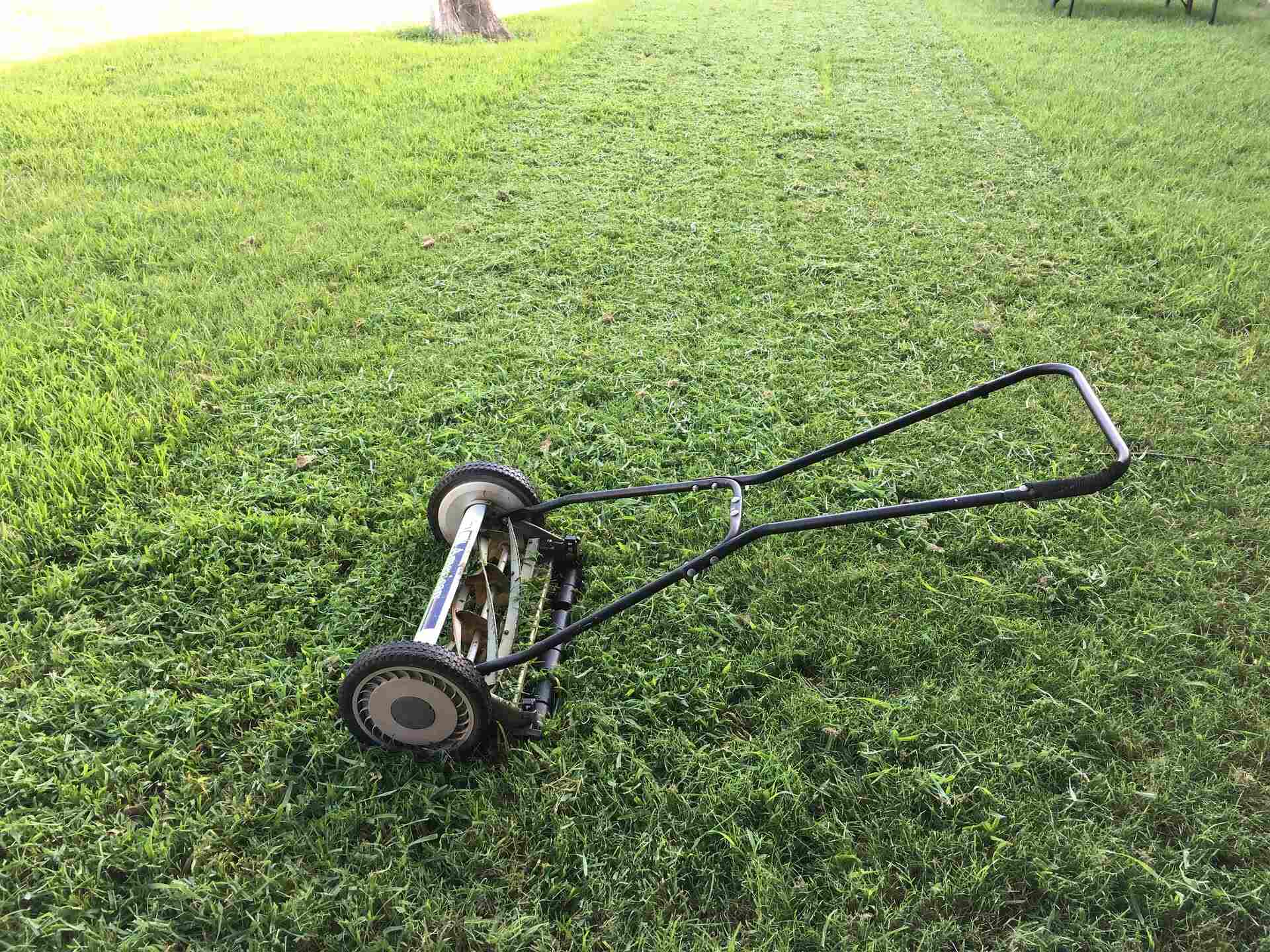
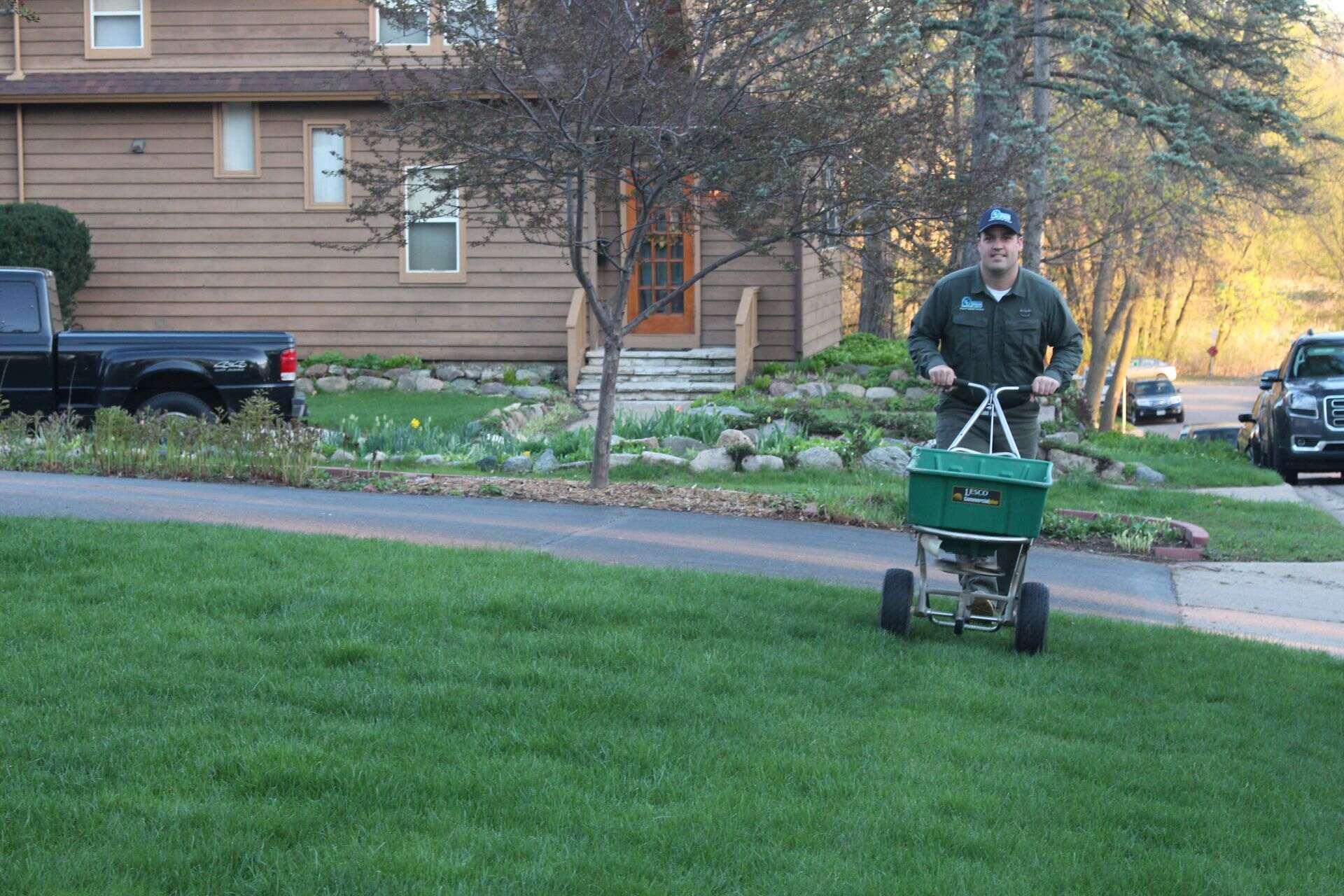
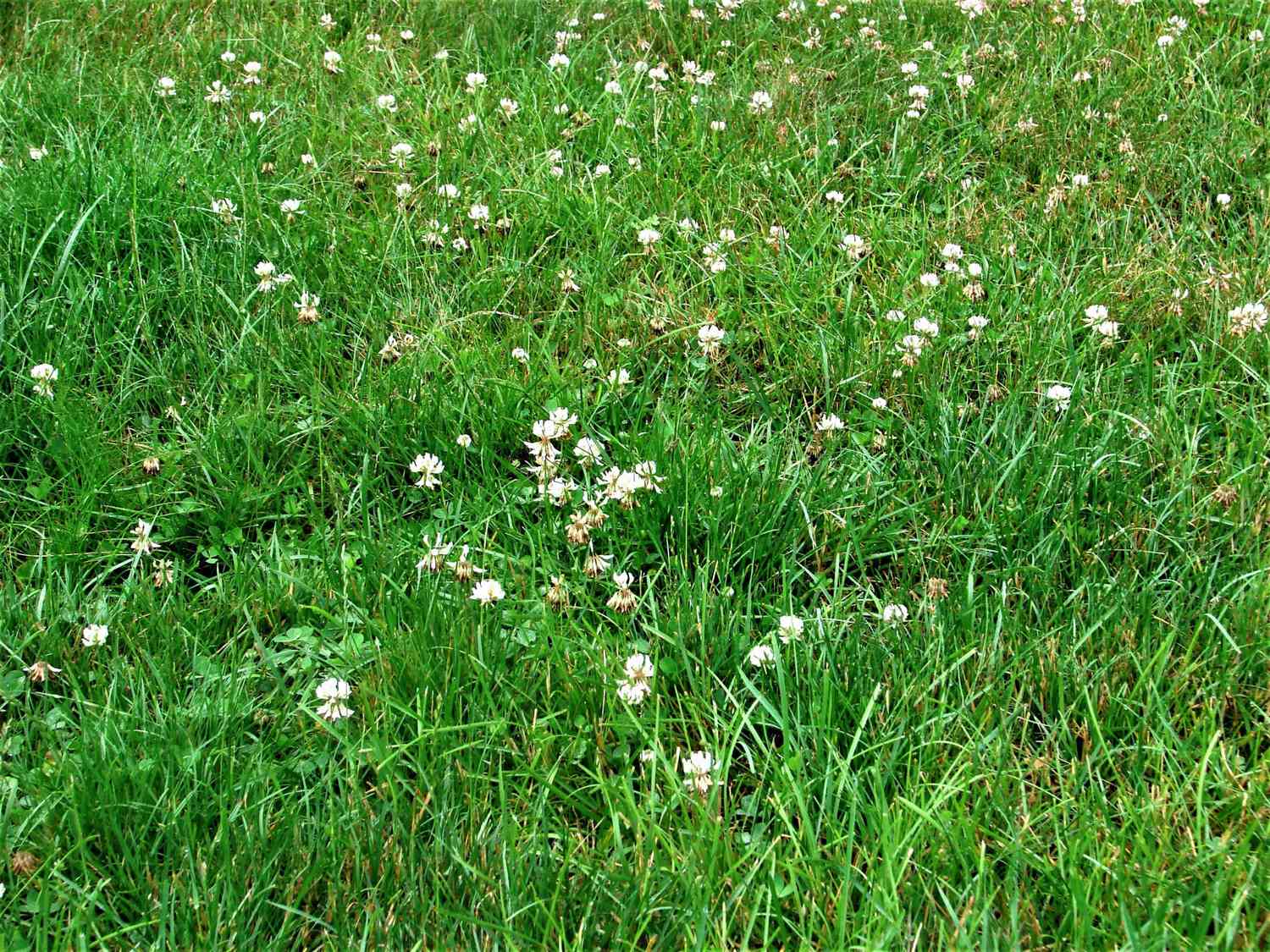
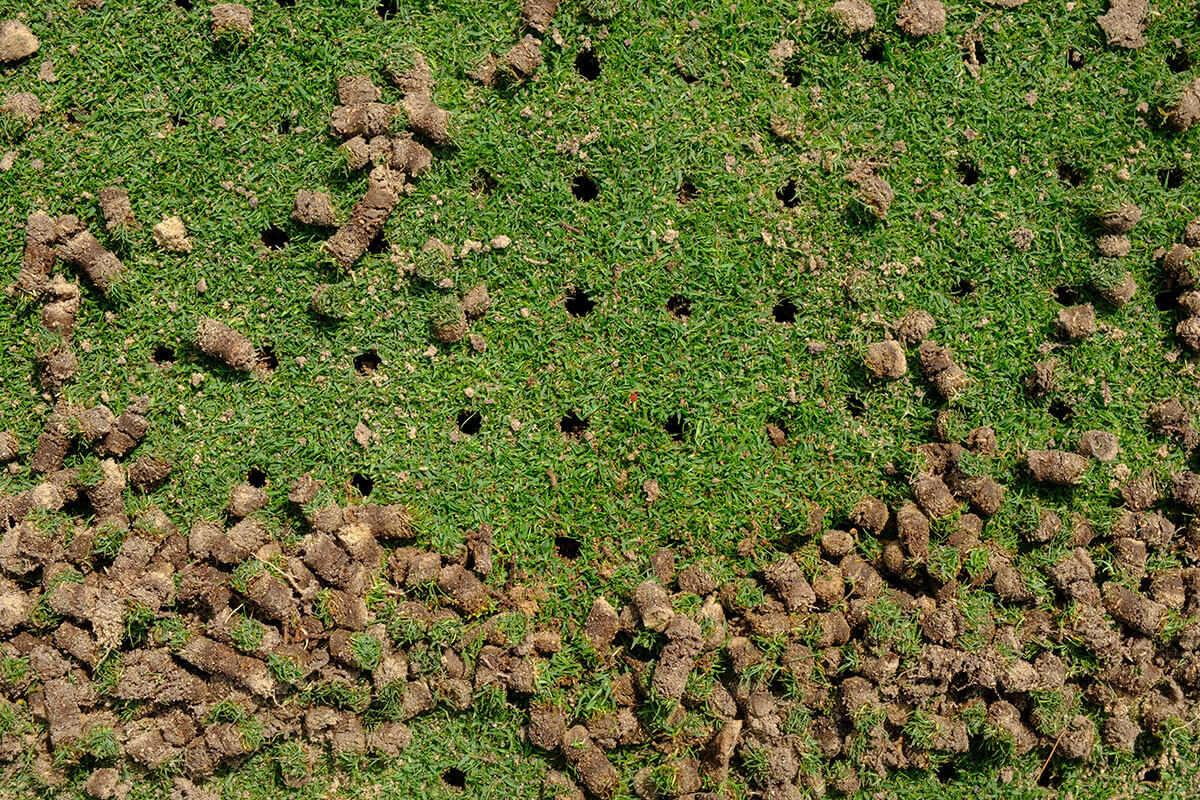
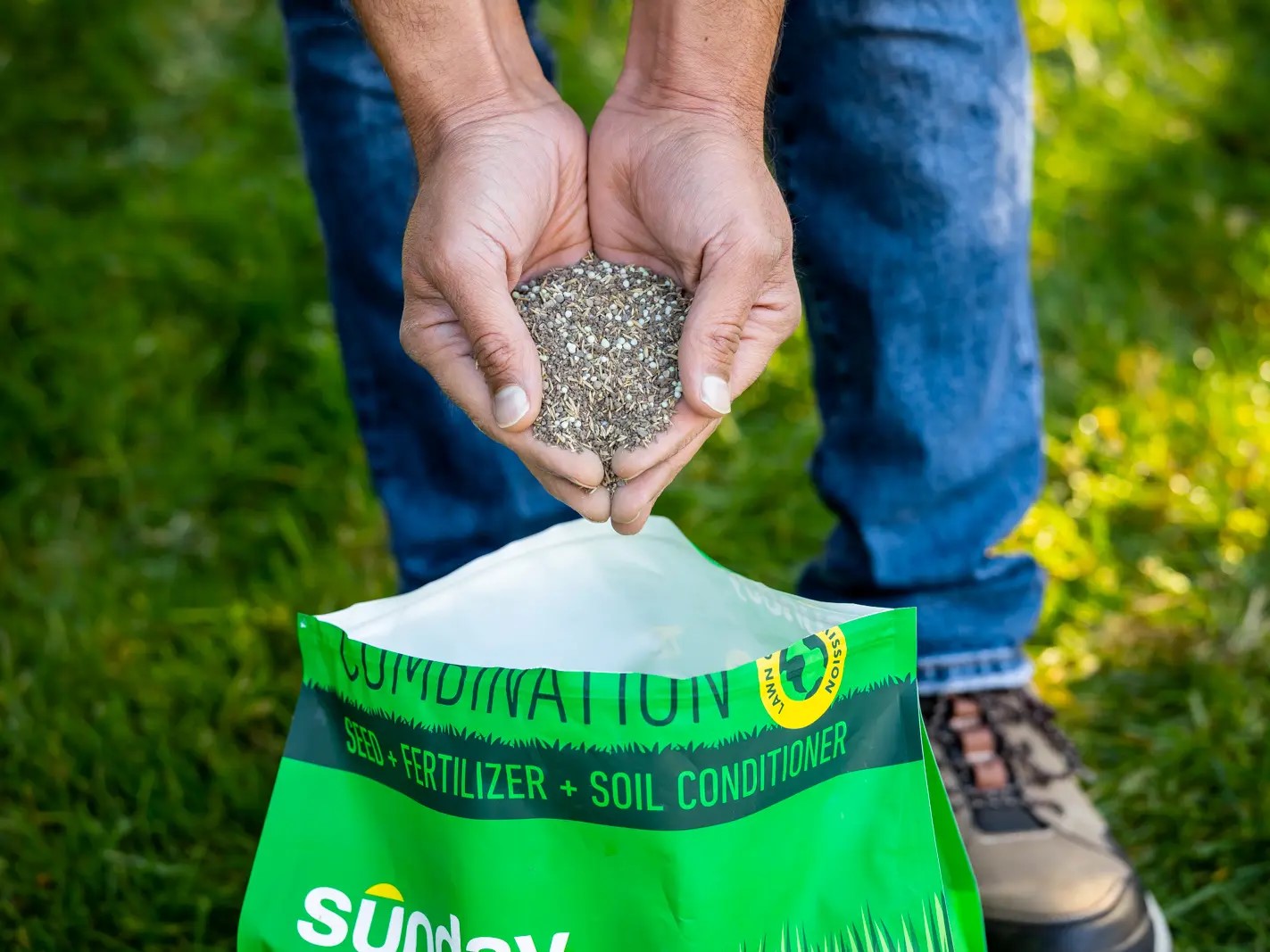
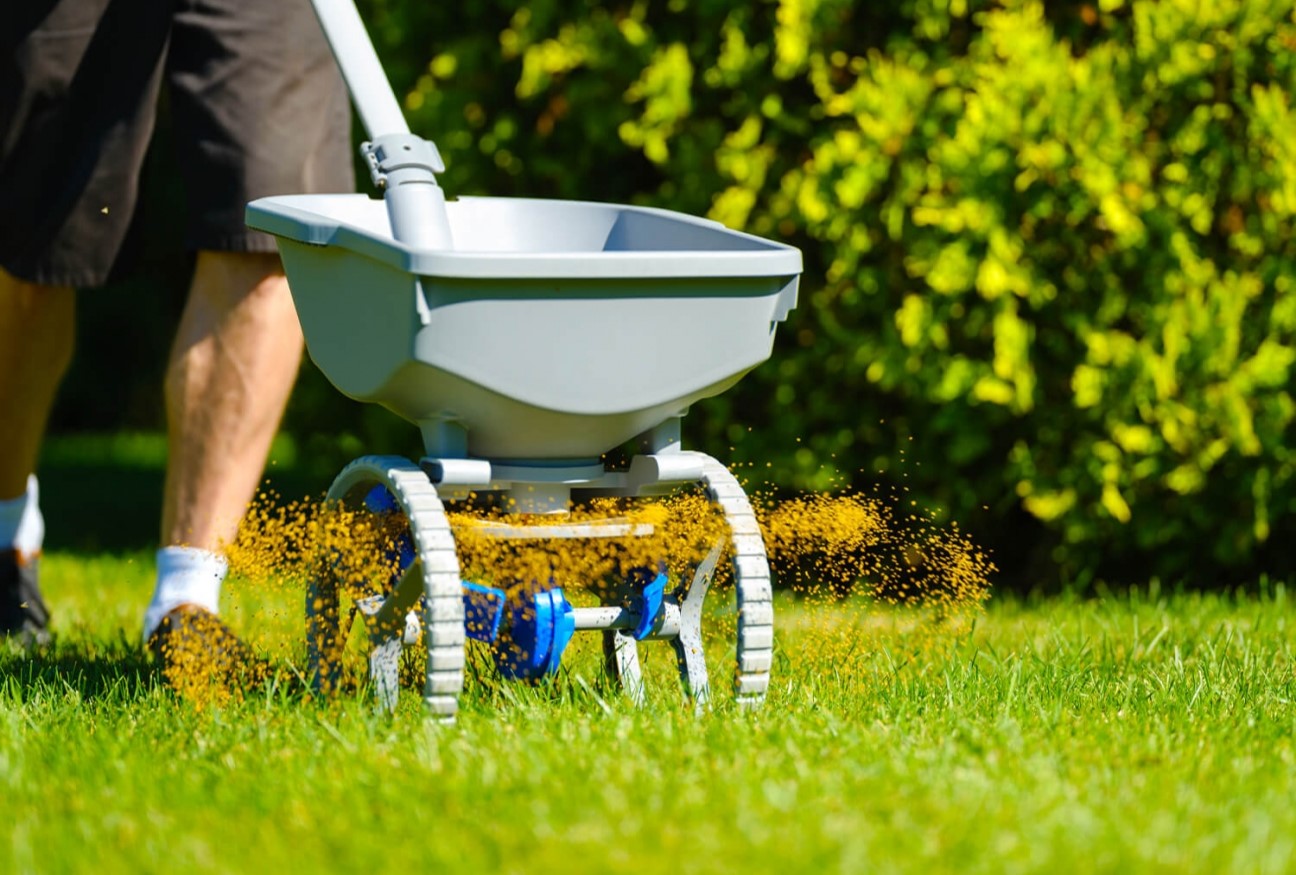
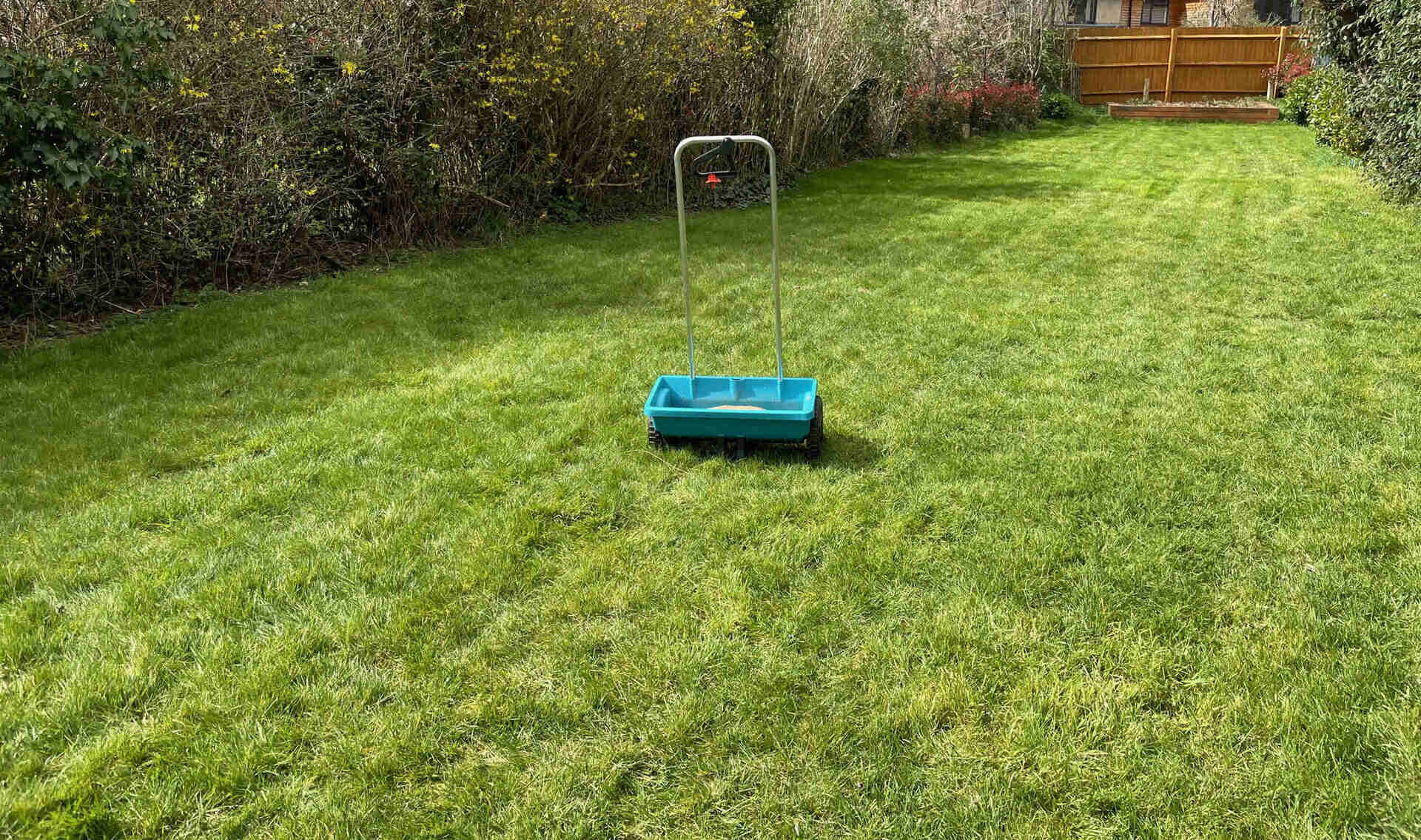
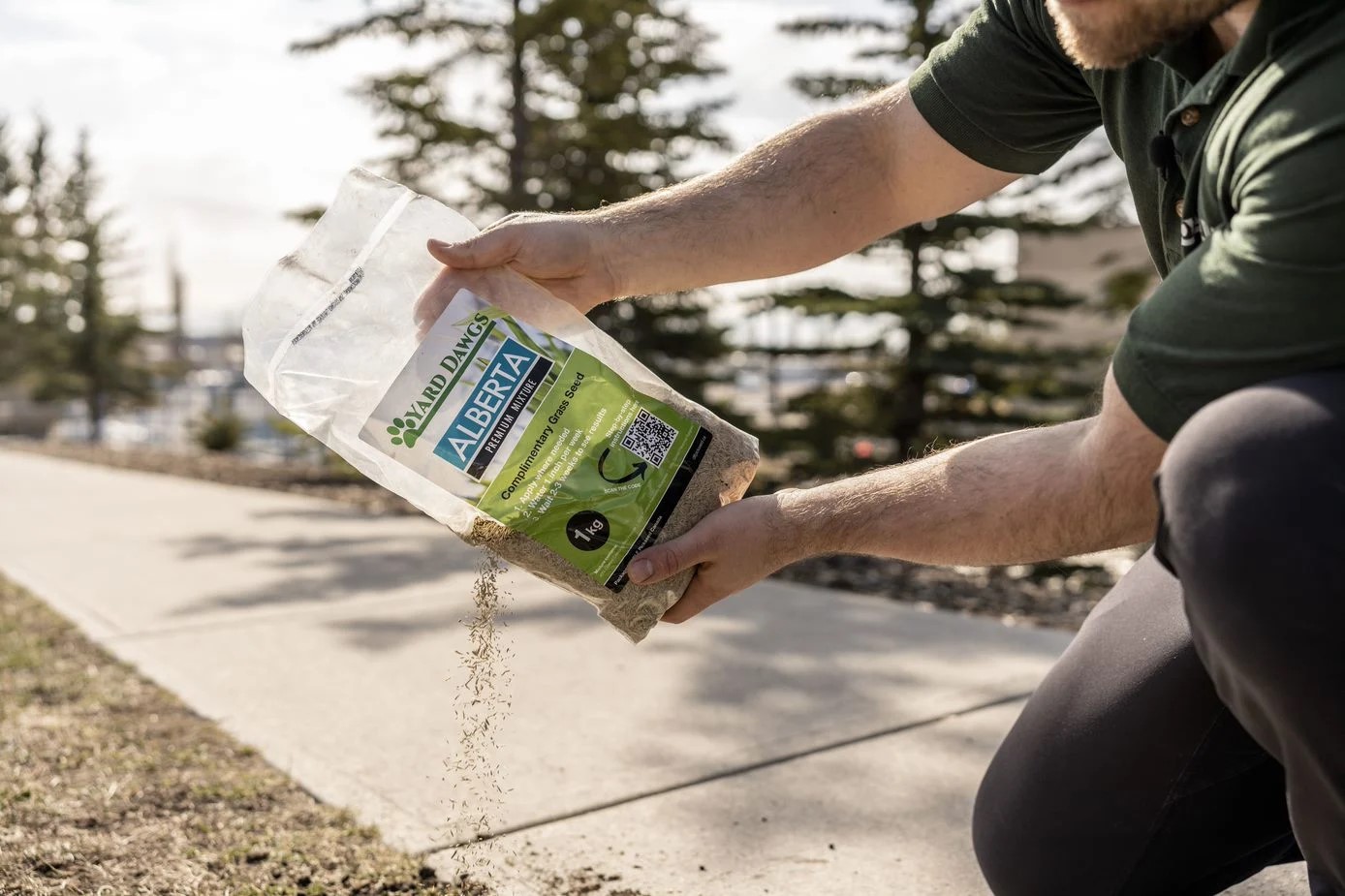
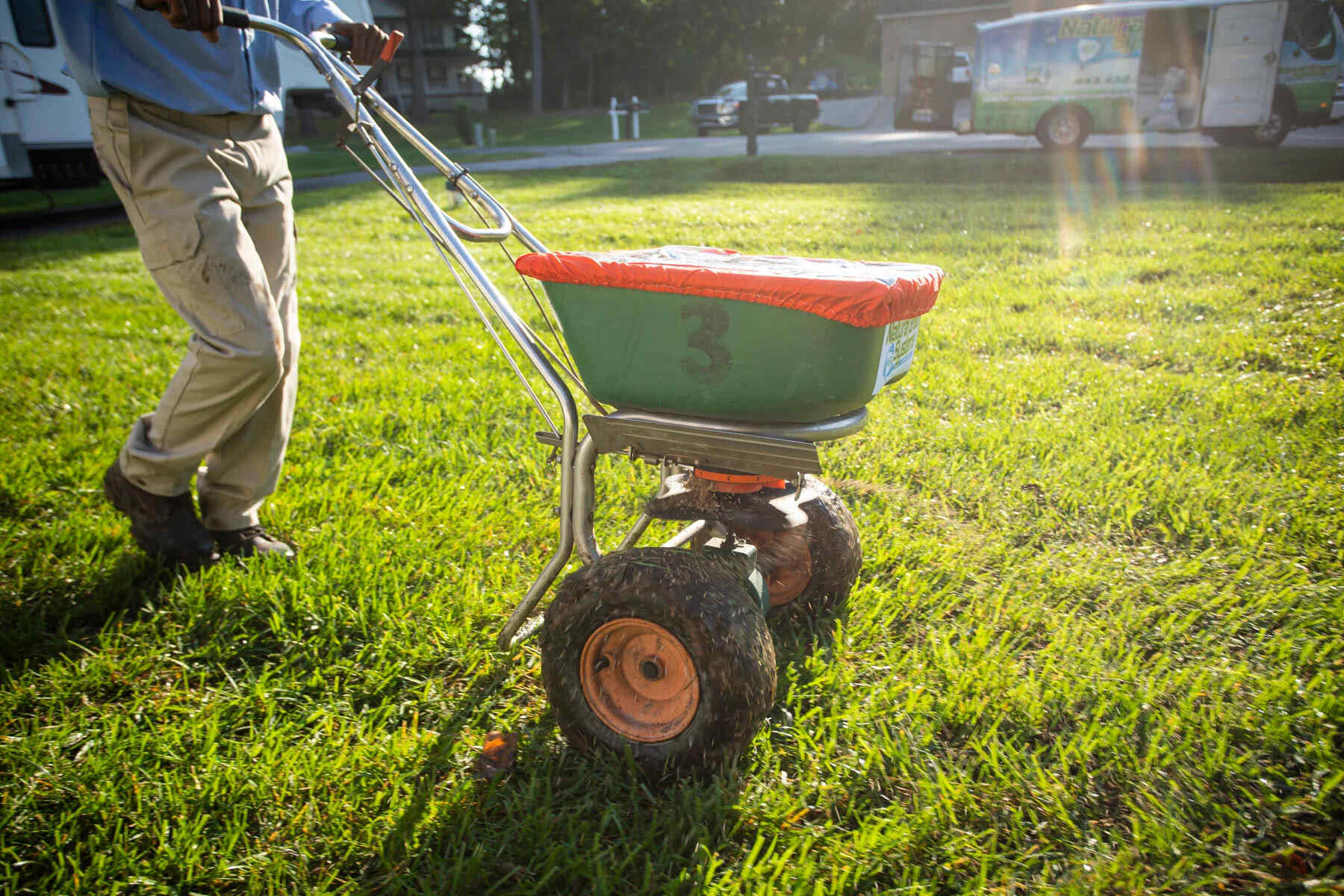
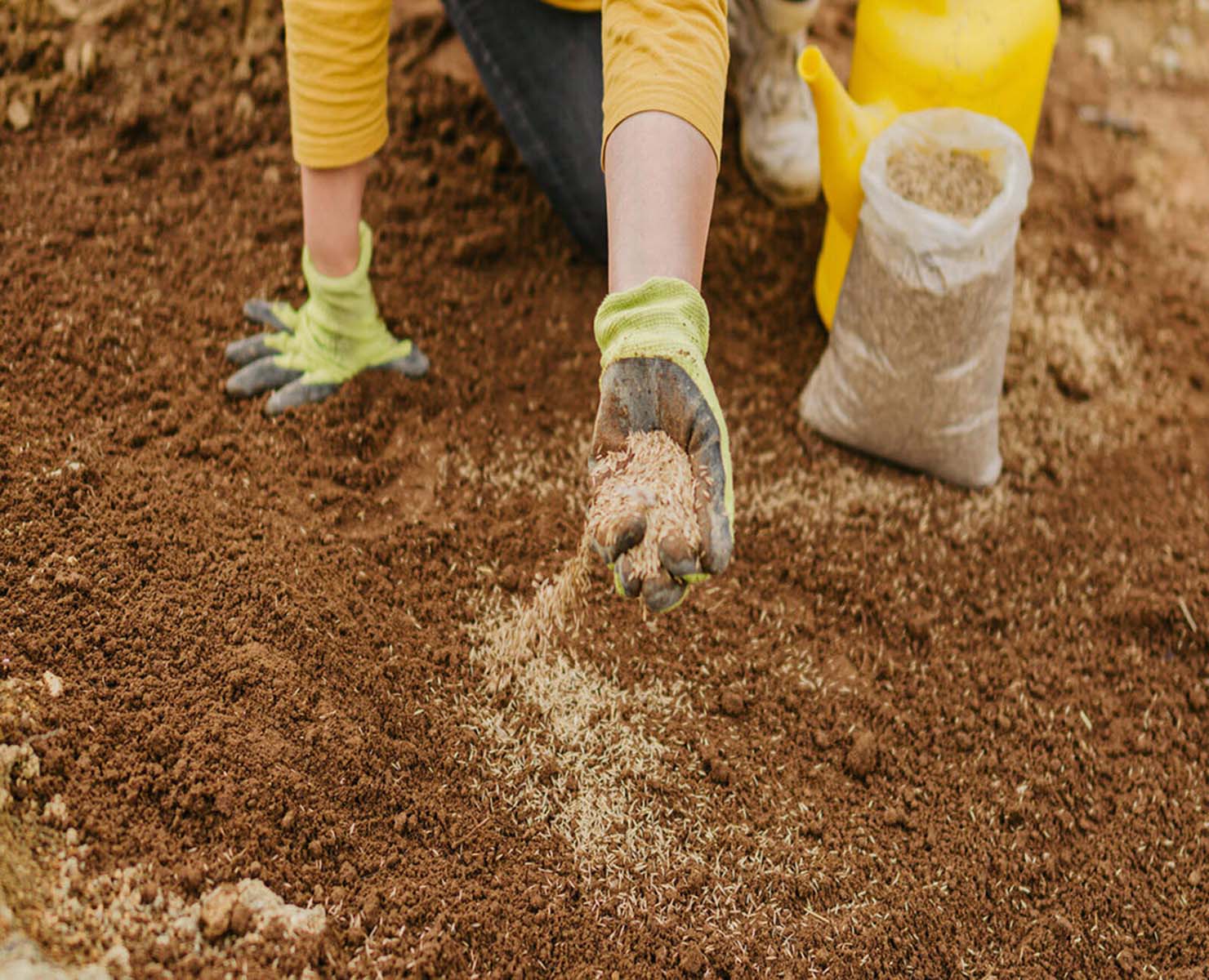

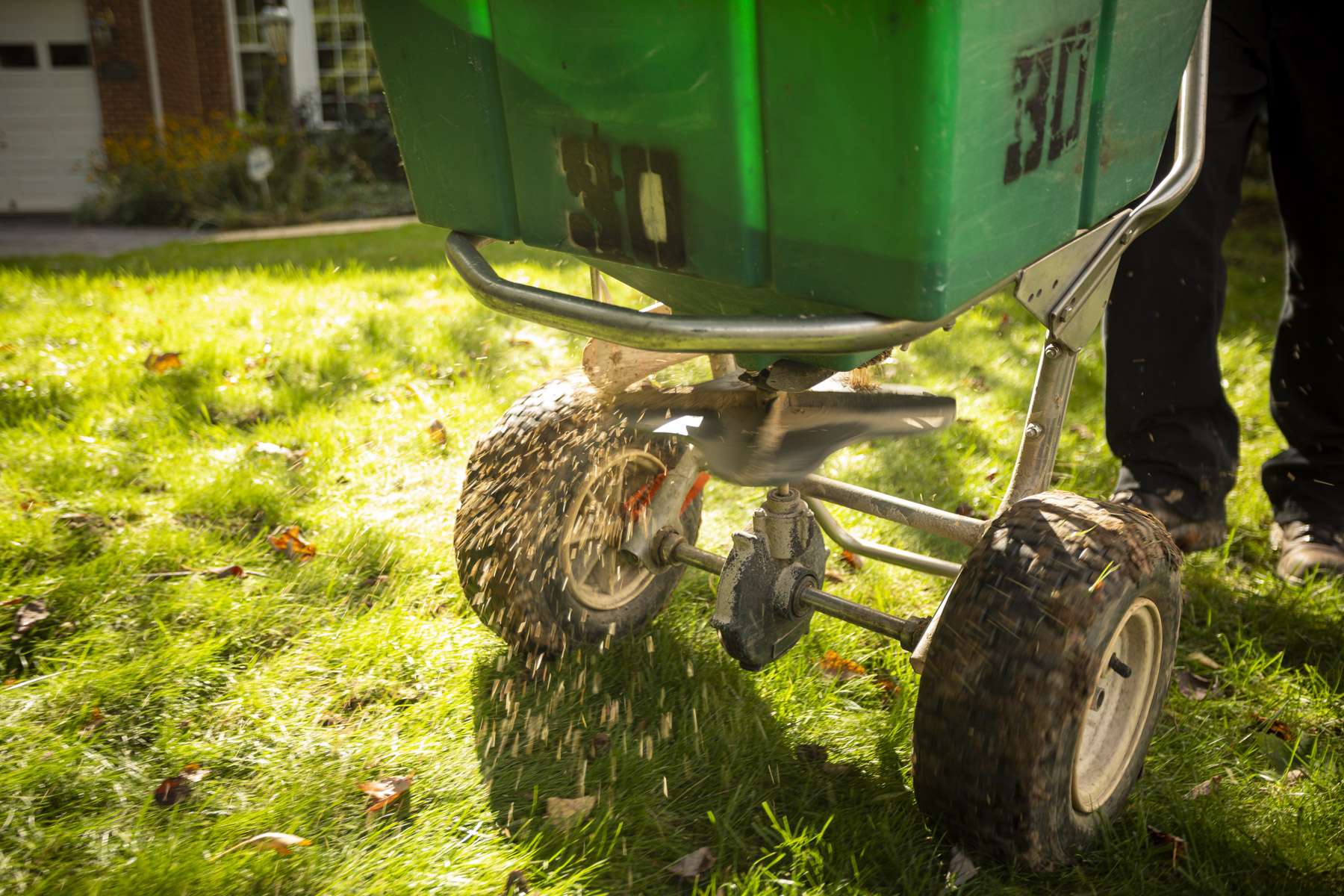
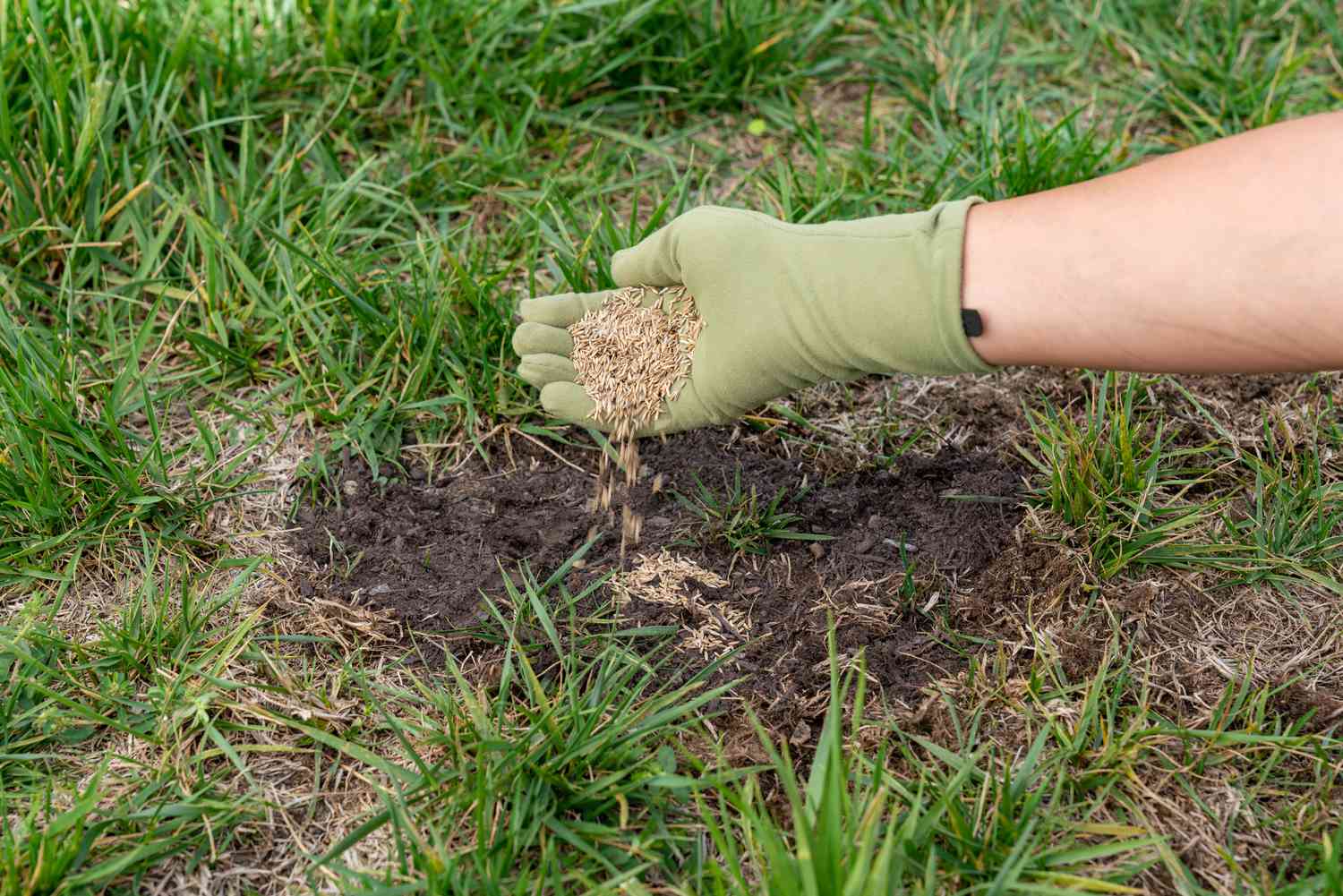

0 thoughts on “When To Seed Lawn”